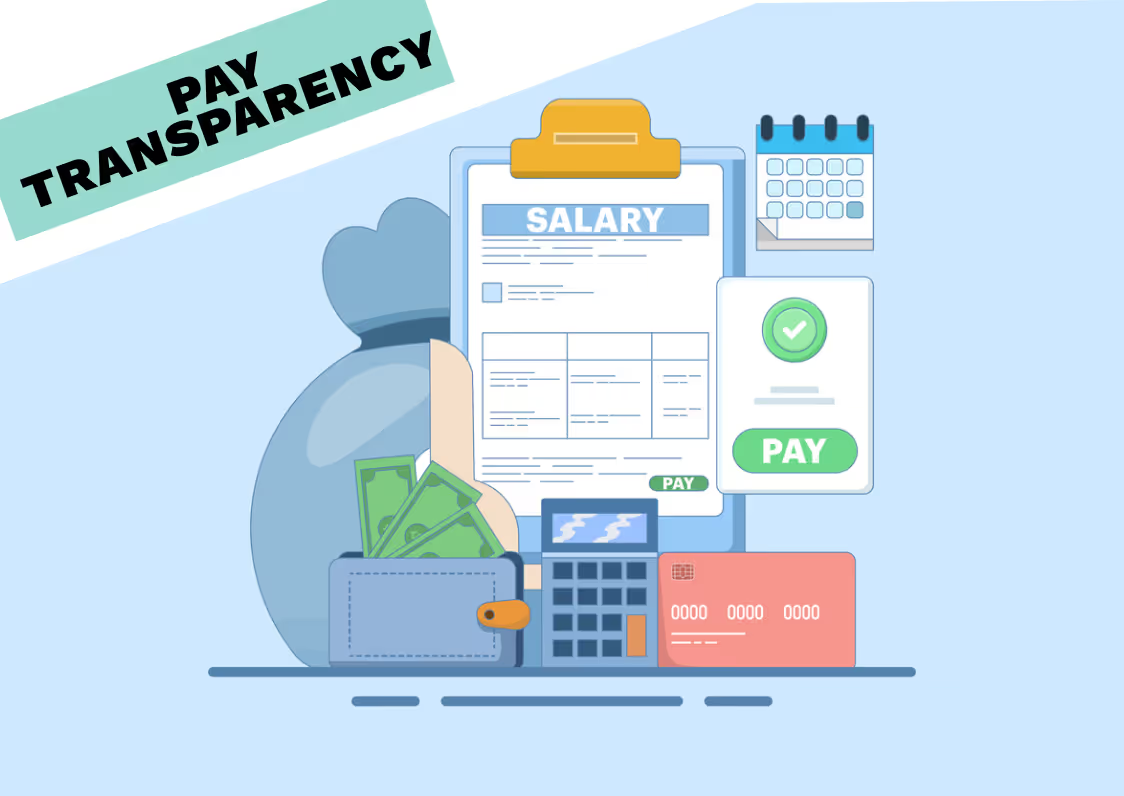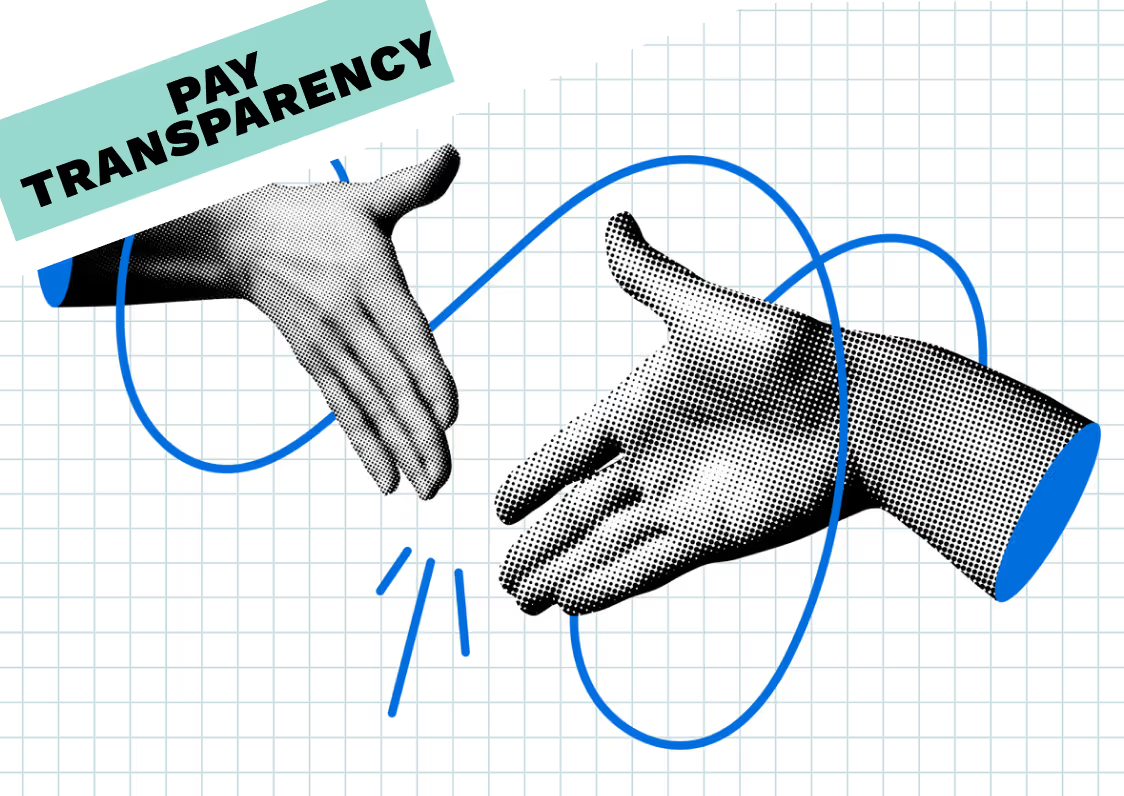At Figures, we’ve been talking a lot about the EU pay transparency directive.
We’ve discussed the who, what and why of the directive. We’ve shared why UK companies should care about it. And we’ve even chatted about the lessons we can learn from the US pay transparency movement.
So, what’s left? Today, we’re here to answer a simple question: what can you do to start preparing for the directive today?
We’ve put together a comprehensive checklist that will help you to ensure compliance with the directive once it comes into play. After all, 2026 is less than two short years away…
Understanding the EU pay transparency directive
The EU pay transparency directive is a new piece of legislation aiming to promote wage transparency and reduce the gender pay gap across the EU.
The directive will require employers with 250 or more employees to publish information about the salaries of their employees, broken down by gender.
It also includes a range of measures aimed at improving pay transparency, such as requiring companies to include salary information on their job ads and prohibiting employers from asking candidates about their salary history.
The importance of pay transparency in 2024
Of course, the EU directive didn’t come out of nowhere. It’s just the latest stage in a global movement towards pay transparency, which we’ve seen growing over the past few years.
This trend is driven by a desire to promote fairness and equity in the hiring process, as well as to attract and retain top talent. The fact is, employers and candidates are increasingly demanding transparency from employers — and the directive will force them to provide it.
But compliance with the directive isn’t the only reason to be transparent about pay. Employers that are able to provide this transparency are likely to be viewed more favourably by candidates and may have a competitive advantage in the talent marketplace. There is also growing recognition that greater salary transparency can help to address issues such as pay equity and diversity in the workplace.
How to get ready for the EU pay transparency directive: a comprehensive checklist
Ready to start preparing for the implementation of the pay transparency directive? We’ve broken the process down into three key stages: preparation, design and alignment, and implementation and communication.
Let’s go!
Stage 1: Preparation
Before you can get started with your transparency transformation, there is a lot of preparation to do. Largely, this stage is about gathering information and ensuring that you have all of the right people on board.
Here are the steps to follow:
- Seek buy-in/support from your leadership and other stakeholders
- Identify the people involved in the evaluation and implementation process
- Decide on your timeline to prepare for pay transparency
- Educate yourself on the pay transparency directive and what it means (hint: start here!)
Another important part of this stage is assessing your current approach to compensation, to find out what you need to change. To help you get started, here are some of the most important questions to discuss with your team:
- What is your current compensation philosophy? Is it still aligned with your goals, or do you need to reassess it?
- What is your current attitude towards pay transparency? Do you go beyond basic compliance?
- Do you have effective ways of tracking and monitoring pay gaps and pay inequity?
- Are your internal decision-making processes fair and effective? Or do they need to change?
- Where do you get data to help you determine salaries? Is it internal or external? Do you use a free tool or a paid tool?
- What is your current approach to communicating about compensation? What is working well, and what needs to be adjusted?
- Does your team feel comfortable and confident explaining compensation decisions to employees? Where do they need more support?
Stage 2: Design and alignment
Once you’ve answered the questions above, you’re ready to start transforming your approach to compensation in a new, transparent model.
Here’s what you need to do:
- Update and align your team on your compensation philosophy
- Determine exactly how transparent you would like to be
- Use Figures to find real-time, quality salary data
- Create job levels using Figures
- Create salary bands using Figures
Together, these steps constitute your pay transparency roadmap.
Stage 3: Implementation and sharing
When you’ve completed your pay transparency roadmap, your work isn’t done — now is the time to shout about your new, fair and transparent approach to pay from the (figurative) rooftops.
Here are the steps to follow:
- Train your managers on compensation communication
- Share your new transparent compensation strategy with your internal team
- Update your job descriptions with salary ranges and data sources
- Optional: Share your new transparent compensation strategy externally on your blog, website or social media.
The cost of not being prepared
The EU pay transparency directive was adopted by the EU Council in 2023, and member states now have until June 2026 to transpose the rules into national law. That might feel a long way away, but depending on your setup, you could only be one or two compensation review cycles away from having to comply with the new rules.
That means that there has never been a better time to start preparing for pay transparency. After all, the directive is complex, and ensuring your operations are compliant could take time. Companies that fail to prepare run the risk of falling behind and making costly mistakes.
Risks of non-compliance
And if you don’t comply with the rules set out in the directive? You could be putting your business at risk. The exact penalties for non-compliance will vary from one country to another, but they’re likely to include fines and sanctions — not to mention damage to your reputation and employer brand.
Your all-in-one tool for fair and competitive pay
So, how can you ensure your compensation is fair, competitive and compliant? By using Figures, of course!
You can use our platform to benchmark salaries, create job levels and automatically generate salary bands for your entire organisation. Essentially, Figures gives you everything you need to create a robust, fair compensation structure that you’d be proud to share with your employees.
Want to learn more? Sign up for a free demo to get started.
Summarize this article with AI
No time to read it all? Get a clear, structured, and actionable summary in one click.



![How Countries Are Implementing the EU Pay Transparency Directive [Updated December 2025]](https://cdn.prod.website-files.com/67d7e1e2f12d2942bb8d0309/6800da19bf0ad5c3d89c6d56_67e2c2cbef618bc98559ce0c_679b9fd8dac8fc3762b7e816_General%252520Topic.avif)

